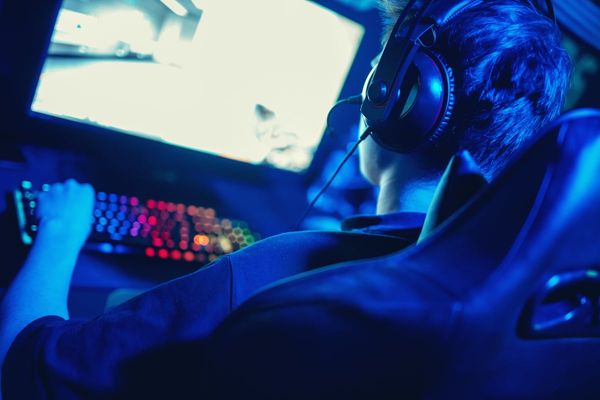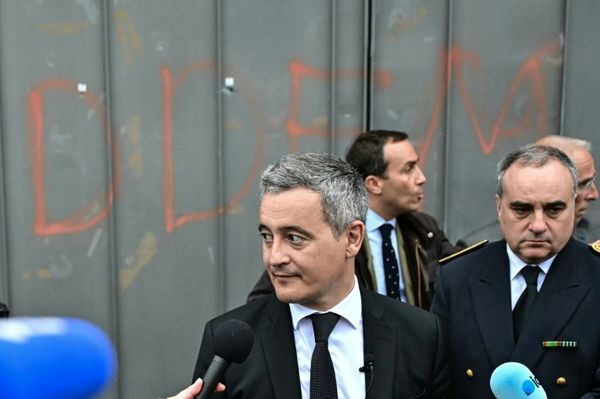
- <strong>Tesla</strong> aims to roll out its unsupervised FSD robotaxi software in most global markets this year, helping justify the company’s $1.3 trillion market cap. Yet Musk revealed his team is still getting tripped up in China.
Elon Musk believes Tesla is on the cusp of solving fully autonomous driving, creating what the CEO often predicts will be the single greatest overnight increase in asset value in history.
In one go, an over-the-air software update pushed out to the millions of Tesla owners worldwide will allow their cars to become fully-fledged robots on wheels this year. At least that’s the theory anyway.
In practice, he is finding out there are all sorts of mundane challenges in the grinding banality of everyday traffic that can trip Tesla up.
During Wednesday’s fourth-quarter investor call, Musk spoke candidly about “one of our biggest challenges,” revealing his team in China is struggling with—of all things—bus lanes.
“There’s literally hours of the day you’re allowed to be there or not be there, and if you accidentally go into that bus lane at the wrong time, you get an automatic ticket instantly,” he said. “So it’s kind of a big deal, bus lanes in China.”
Robotaxis seen as a potential ‘winner takes all’ market
Musk is hoping Tesla will be the first company to develop robotaxi technology flexible enough to be applied to any city street, whether in the U.S., Europe, or China. Tesla drivers could then add their vehicles to an Airbnb-style fleet managed by Musk, earning their owners potentially tens of thousands of dollars in fares every year when not needed.
Currently, rivals like industry leader Waymo require detailed three-dimensional maps that need constant updating or use costly lidar sensors that meticulously scan their surroundings using beams of laser light.
This could prevent competitors from scaling the business, either because they are limited to certain pre-mapped areas for purposes of safety, a practice known as “geofencing,” or because the added hardware makes these vehicles simply too expensive to compete with human-operated taxis.
Tesla aims to dodge these issues by relying solely on much more affordable cameras to perceive the environment. Once a vehicle can see, it would then execute driving commands issued by its onboard AI inference computer already pretrained on video gathered by other Tesla cars.
Many Tesla bulls believe this approach, if successful, would be a winner-takes-all scenario superior to Waymo with Tesla ultimately licensing out the technology to anyone competing in that market.
Musk cannot rely on Tesla’s competitive moat in China
This dream of recurring high-margin software revenue is what underpins Tesla’s $1.3 trillion market cap and lofty valuation at 100 times estimated 2026 earnings.
In fact, Musk explicitly told shareholders who are worried Tesla is focusing too much on “real-world AI” at the cost of selling electric vehicles—its ailing core business—they should dump their stock and get out.
But here, too, there are issues. Despite claiming that his Full Self-Driving feature will be ready for a rollout in almost every global market this year (regulations permitting), he revealed another interesting fact about his team in China: They are having difficulty getting enough high-quality data to train its neural net.
The deep competitive moat Tesla enjoys, proprietary video footage captured by its fleet of cars, simply doesn’t offer the company an edge. That’s because Beijing restricts the transfer of this data across its borders to Tesla’s vast “Cortex” data center in Texas.
“They won’t currently allow us to transfer training video outside of China, and the U.S. government won’t let us do training in China,” Musk explained.
“It’s a bit of a quandary. So the way we’re solving that is by literally looking at videos of streets in China that are available on the internet and then feeding that into our video training.”







